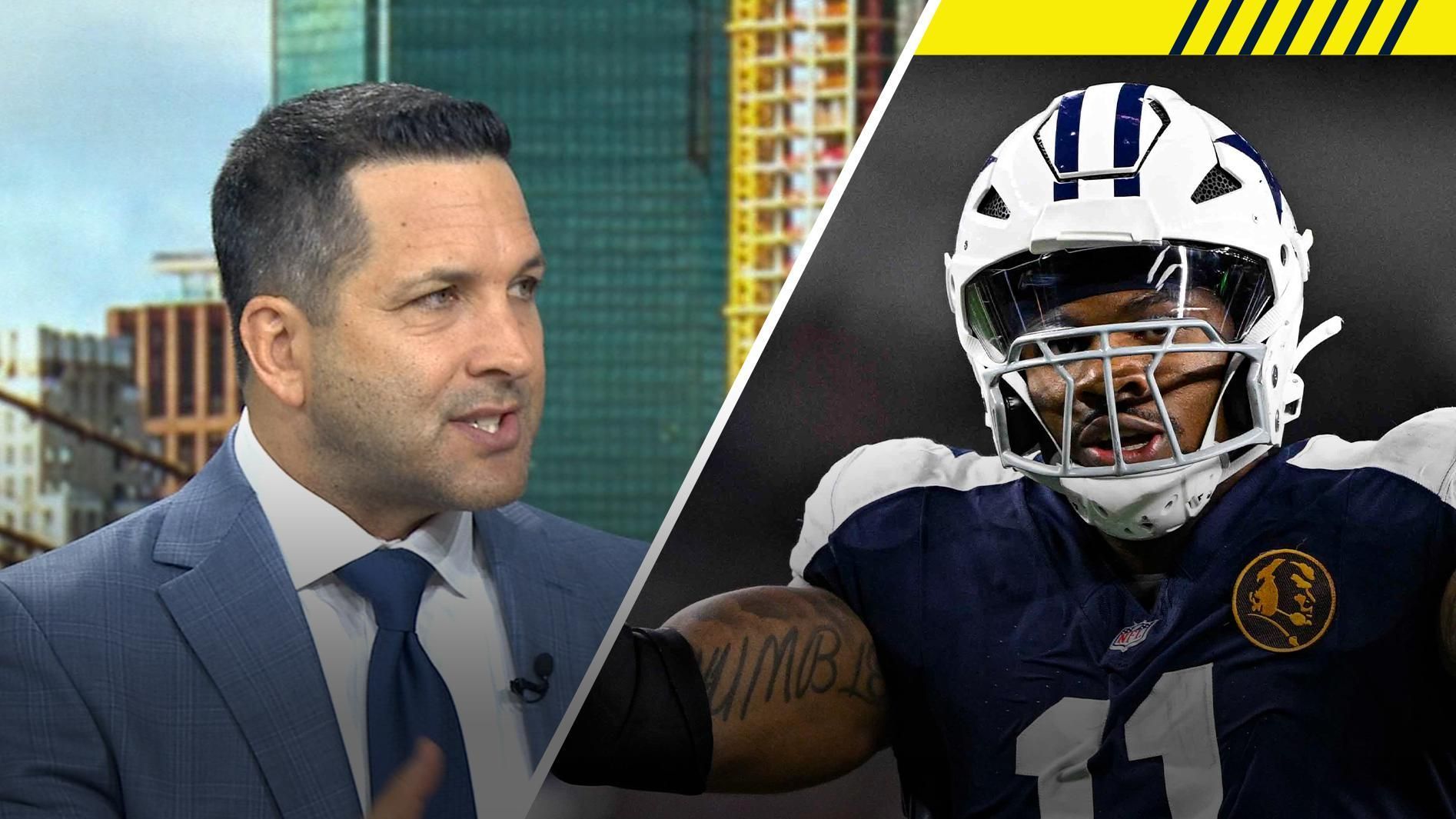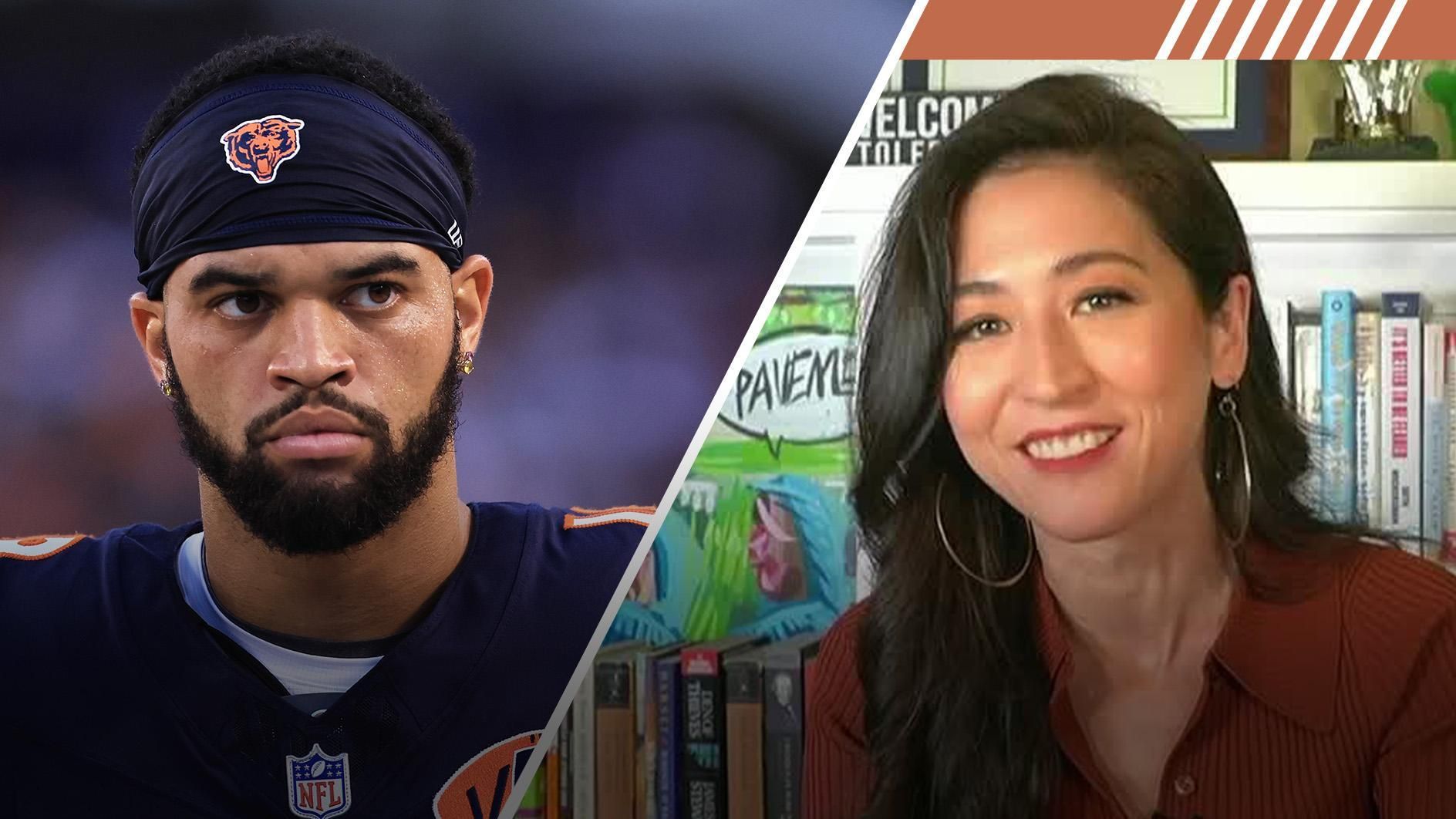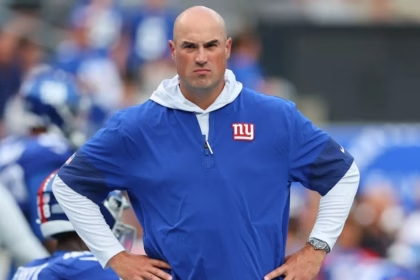The NFL season is just around the corner, and teams are finalizing their 53-player rosters! Regular season football is coming to our screens in less than a week. We know that games are won and lost by quarterbacks, coaches, and stars. However, football is a complex game with many moving parts, and the influence of a star quarterback or a great head coach only goes so far. Victories and defeats are also found in key moments, such as a late catch by a defender, the running game powered by a reinforced offensive line, and the receiver who shines when the primary target is double-covered. We call these players X-factors. The performance of the X factors has a disproportionate influence on the results of their teams. If they are good, they could clarify an entire unit that only needed one more player. If they are bad, they could make a team one-dimensional and easily exploitable. That’s a little about what X factors are. Let’s talk about what they are not.Without quarterbacks. All teams will benefit greatly if their quarterback plays well and will suffer terribly if they play poorly. Some quarterbacks are bigger X-factors than others, but the reality is that they all are. Therefore, none are included on this list.No rookies. Once again, every rookie has the potential to be a franchise-altering player. We know very little about the incoming class each year, so the biggest surprises are often the result of rookie performance. There’s another article to be written about the most important rookie for each NFL team, but as with quarterbacks, it’s not exactly in the spirit of X-factors.No coaches. We are only talking about the contributors on the field for this exercise. Once again, a couple of guys, easily could qualify, but that’s a different article.
Each team has more than one X-factor, but I tried to name the most important one for each squad as we approach the 2025 season. Let’s get into the 32 names, starting with a key free agent signing in Arizona.
NFC WEST
Arizona Cardinals: Edge Josh Sweat The Cardinals’ defense is as well-coached as any, and has a talented roster full of useful role players. To ascend to a playoff team, Arizona needs stars, players who can win in the final downs and in the last quarter plays that put the finishing touches on victories. Budda Baker is one, but we’re looking for more. Those stars could come from anywhere: rookies Walter Nolen III and Will Johnson, second-year player Darius Robinson or maybe Sweat. The best season of Sweat in the NFL was under Jonathan Gannon with the Eagles in 2022, when he recorded 11 sacks, 15 tackles for loss, and 51 pressures. Sweat has always been more of a three-down player with impacts on run plays and a modest pressure profile. But when third downs come, he will be the main pass rusher. The bad news is that he will see double teams and help. The good news is that Gannon and defensive coordinator Nick Rallis will try to design some one-on-ones for Sweat anyway. The Cardinals were 26th in team pressure rate last season, but Sweat can only raise that number if he is beating the league’s average left tackles.Los Angeles Rams: WR Davante Adams Much of the Rams’ offensive success depends on the health of quarterback Matthew Stafford, who is battling a bad back (as well as the passage of time), and offensive tackle Alaric Jackson, who missed most of training camp due to blood clots. Even in worlds where Jackson and Stafford are available for much of the season, a void the size of Cooper Kupp appears in the offense for the first time in Sean McVay’s tenure as coach. But the Rams chose to do without Kupp and replace him with a stylistically different wide receiver in Adams. Adams is used more often in isolation on the outside than Kupp used to be and excels as a long-pass receiver, a role the Rams haven’t filled in years. If Adams benefits from the easy separation that McVay’s magic offers and brings an added layer of matchup danger for opposing defenses, then even Jimmy Garoppolo could excel under center. But Adams is also 33 years old, and as technical and timeless as his game is, he can’t go the way of Kupp by not producing on McVay’s yards-after-catch-oriented opportunities.San Francisco 49ers: WR Ricky Pearsall On the one hand, it seems that any open receiver can succeed in Kyle Shanahan’s offense. On the other hand, the 49ers’ wide receiver room hasn’t been this thin in a long time. With Deebo Samuel now on the Commanders and Brandon Aiyuk not expected to return until Week 6 after his complex right knee injury, San Francisco desperately needs Pearsall to immediately take on a larger share of the offensive pie. Pearsall finished the season strong (14 receptions on 18 targets for 210 yards and two touchdowns in the last two games), but was quiet before that. Of course, he was recovering from a gunshot wound for much of training camp. For much of this year’s offseason program, he has been dealing with a hamstring injury. With Jauan Jennings also having a calf injury, the 49ers’ wide receiver room is extremely delicate. San Francisco needs Pearsall to be healthy and able to provide that end-of-season production weekly if they want their offense to be league-leading again.Seattle Seahawks: RB Kenneth Walker III The offensive schemes of the new Seahawks offensive coordinator, Klint Kubiak, have been running back-friendly. In 2021 with the Vikings, Dalvin Cook had 1,159 yards on 249 carries (4.7 yards per attempt). Last year, the Saints’ Alvin Kamara only had 950 yards on 228 carries (4.2 yards per attempt), but he was on a roll before line injuries hampered the offense, and Kubiak immediately got Kamara involved in the air as a result. Without a doubt, Walker has the talent on the ground and in the air to benefit from Kubiak’s offense. But Walker hasn’t had a 1,000-yard season since his first year, as inconsistent vision and persistent injuries have limited his success from one down to another. Explosiveness is Walker’s game, and home runs will be there to hit if he relies on the improved blocking of the Seahawks’ line. Seattle will be a defense-driven team either way, but that formula works much better if you trust your running back to salt away close games and tight leads. Walker still needs to earn that trust.NFC EAST
Dallas Cowboys: WR George Pickens The Pickens trade is one of many significant moves made this offseason, but I wouldn’t be surprised if it’s considered the most impactful trade by the end of the campaign. The Cowboys have struggled mightily to find a sufficient WR2 opposite CeeDee Lamb since Amari Cooper left. In 2022, tight end Dalton Schultz was second on the team in receiving with 577 yards; in 2023, it was wide receiver Jake Ferguson with 771 yards; and last year, it was wide receiver Jalen Tolbert with 610 yards. Tolbert, a third-round selection in 2022, was one of the few failed investments at WR2. The Cowboys also extended Michael Gallup (who was injured and never returned healthy), signed a Brandin Cooks (who is on his way out) in free agency, and traded for Jonathan Mingo, which hasn’t worked out. Pickens is unquestionably the most talented running mate Lamb has had since the prime Cooper and has the ability to lead the Cowboys in targets any week. Dallas’s running game looks suspect, and their defense appears to be vulnerable, so the wide receiver room really needs to help Dak Prescott reach outputs of over 400 yards for the Cowboys to compete. The Pickens-Lamb duo has legitimate Ja’Marr Chase-Tee Higgins and A.J. Brown-DeVonta Smith potential.
Many next-on-the-list options were available here. Edge rushers Nolan Smith Jr. and Jalyx Hunt must replace the lost plays of Josh Sweat and Brandon Graham, while guard Tyler Steen must take the place of Mekhi Becton. But I chose Ojomo, who has to replace the departing Milton Williams at defensive tackle, because Ojomo has the best chance of becoming a breakout star.
Ojomo is coming off his best season in the NFL, which went unnoticed behind Williams’ rushing year. Ojomo’s game is better against the run, and although he had solid pressure production (9.3% pressure rate on 248 pass rushes compared to Williams’ 12.9% on 271 rushes), Ojomo did not take down the quarterback (zero sacks compared to Williams’ five). But Ojomo’s film was enough that the Eagles barely made any additions behind him on the depth chart, only bringing in fourth-round rookie Ty Robinson. That implies Ojomo will get all of Williams’ third-and-long opportunities alongside Jalen Carter. If Ojomo can convert his pressures into sacks at a league-average rate, expect him to start getting the same hype as Williams did last season.Washington Commanders: WR Deebo Samuel Samuel was already an intriguing player when the Commanders traded for him: a wide receiver who is hardly ever used on the field, who creates better after the catch and beyond his athletic prime, but perhaps with a few seasons left in the tank. As things have developed even more, Terry McLaurin’s recent resolved training camp holdout and the lack of wide receiver depth, Samuel has become even more important. The Commanders are looking to spread out and shred the field again, so Samuel is figured to get six or seven touches per game consistently as a backfield or receiver option on run-pass options (RPOs). They need him to be dynamic, and while he wasn’t the same player last season as before, he’s still above average. Samuel was No. 12 among all skill-position players in yards after the catch (YAC) over expected, according to NFL Next Gen Stats. (His new teammate Austin Ekeler was eighth). If Samuel doesn’t bring the juice, the Commanders’ options to replace his unique role are understandably thin.NFC NORTH
Chicago Bears: OT Braxton Jones The Bears have many questions on offense, but most aren’t deal-breakers. If Rome Odunze doesn’t pan out entirely, the Bears have other pass catchers. If Caleb Williams doesn’t fully exorcise his demons of bad snaps, the offense can still move the ball. But one problem feels integral to a great Bears season: functional left tackle play. There has been a massive battle, but it seems that starting quarterback Jones is going to defend against the challengers. Jones won the job in 2022 as an impressive fifth-round rookie from Southern Utah, but his game has declined since then and has been compounded by persistent injuries. Jones’ best games have always looked great; it’s the inconsistent performances and sudden dramatic struggles that make it difficult to devise a plan around him. The entire interior of the Bears’ offensive line was revamped, but the battle for left tackle has deprived it of chemistry-building time as a unit. Jones must be a leader and a trendsetter from day one if the Bears’ offense is going to be what many expect and believe it can be.








